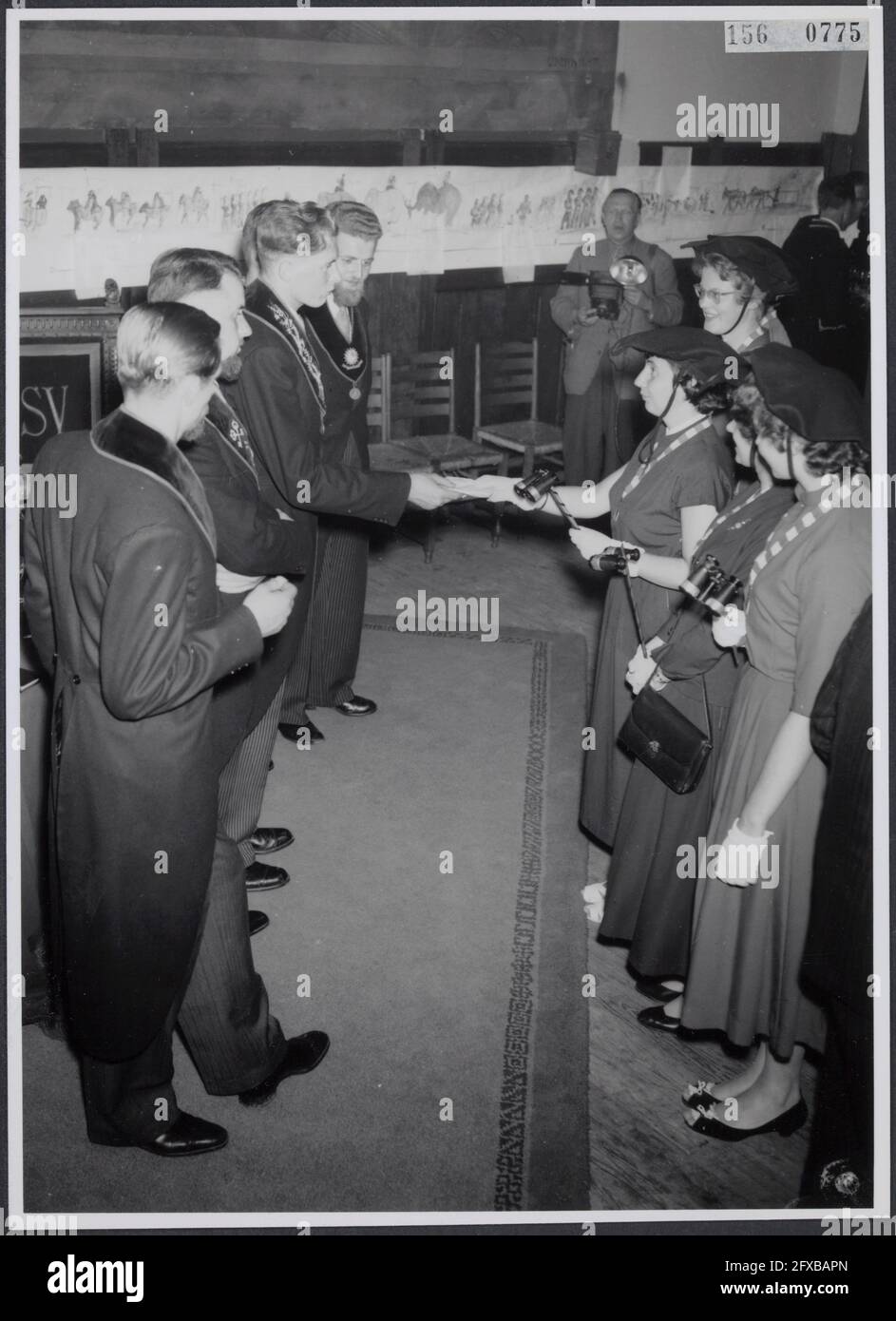Unveiling Antony Armstrong-Jones: The Untold Story of a Royal Photographer's Legacy invites us to explore the life and career of a man whose lens captured some of the most iconic moments in British royal history. Known for his unique style and rebellious nature, Armstrong-Jones transcended traditional photography boundaries, bringing a fresh perspective to the world of portraiture and journalism. His work continues to inspire photographers and art enthusiasts alike.
Beyond his artistic achievements, Antony Armstrong-Jones was also a central figure in one of the most talked-about royal romances of the 20th century. As the husband of Princess Margaret, Queen Elizabeth II’s younger sister, his personal life became intertwined with the public eye. This article delves into the complexities of his professional journey as well as the highs and lows of his relationship with royalty, offering an intimate look at both the man behind the camera and the man who lived among kings and queens.
The Visionary Lens of Antony Armstrong-Jones
Antony Armstrong-Jones emerged as a groundbreaking photographer during a time when the art form was still finding its footing in the mainstream. His innovative techniques and unconventional approach set him apart from peers, earning him recognition not only within Britain but across the globe. One notable piece that highlighted his talent was his portrayal of Lady Diana Mosley in 1980—a photograph that showcased his ability to capture raw emotion while maintaining elegance.
His works were often featured in prestigious publications such as Artnet, where they commanded significant attention due to their distinctive style. Each shot carried a narrative depth, inviting viewers to connect emotionally with the subject matter. Even after his passing, these images continue to resonate, serving as timeless reminders of his influence on modern photography.
In addition to his technical prowess, Armstrong-Jones possessed an innate understanding of human connection. This quality allowed him to create portraits that felt alive, breathing life into static frames through subtle nuances like expression or posture. It is this combination of skill and insight that has cemented his legacy as one of photography's great pioneers.
From Tatler Pages to Royal Altars
Tony Armstrong-Jones' fascination with Tatler began early; it was practically ingrained in him since childhood thanks to his mother Anne, who frequently appeared in its pages as part of high society. Growing up surrounded by tales of glamour and privilege naturally shaped his worldview, influencing how he approached subjects later in life. However, what started as admiration soon blossomed into ambition—his dream being nothing less than joining the ranks of those celebrated figures himself.
This aspiration led him down a path filled with opportunities, eventually culminating in his marriage to Princess Margaret in 1960. Their union represented more than just another chapter in royal annals—it symbolized the merging of two worlds: bohemian arts and regal traditions. At first glance, their differences might have seemed insurmountable, yet together they created something extraordinary—an alliance steeped in mutual respect despite external pressures.
While their story unfolded against the backdrop of post-war England, it remains relevant today because it highlights themes universal to all relationships: love, compromise, and growth amidst societal expectations. Through archival photographs and firsthand accounts, we gain valuable insights into this remarkable partnership between a daring artist and a beloved princess.
A Brush With Controversy
Despite his charm and charisma, Antony Charles Robert Armstrong-Jones occasionally found himself embroiled in controversy. A particularly memorable incident occurred in 1974 when he was taken into custody by Detroit police under mysterious circumstances. Although details surrounding the event remain somewhat hazy, it served as yet another reminder of the scrutiny faced by members of the royal family and their associates.
Such episodes did little to tarnish his reputation permanently, though they underscored the challenges inherent in balancing personal freedom with public responsibility. Throughout his life, Armstrong-Jones walked a fine line between maintaining privacy and fulfilling obligations tied to his status as Princess Margaret's spouse. Yet even amid adversity, he managed to retain a sense of humor about the whole ordeal, which endeared him further to admirers worldwide.
Ultimately, these experiences added layers to his character, making him all the more fascinating as a historical figure. They also reinforced lessons about resilience and adaptability, qualities essential for anyone navigating complex environments like those inhabited by royals and celebrities alike.
Legacy Beyond Divorce
Although Margaret and Armstrong-Jones officially parted ways in 1978 following a highly publicized divorce, their bond endured long afterward. Both parties maintained cordial relations until her passing in 2002, proving that endings needn't spell finality. Instead, their separation paved the way for new beginnings individually while preserving fond memories shared throughout their years together.
As depicted in popular media including Netflix's The Crown, their relationship encapsulated elements typical of mid-20th-century aristocratic unions: passion tempered by duty, joy shadowed by hardship. By examining primary sources alongside fictional interpretations, audiences gain comprehensive perspectives regarding their dynamic, fostering empathy rather than judgment.
In conclusion, Antony Armstrong-Jones' contributions extend far beyond mere snapshots—they represent milestones marking shifts in cultural norms and attitudes toward individuality within structured systems. His enduring impact serves as testament to the power of creativity coupled with authenticity, inspiring future generations to embrace innovation without fear of change.

